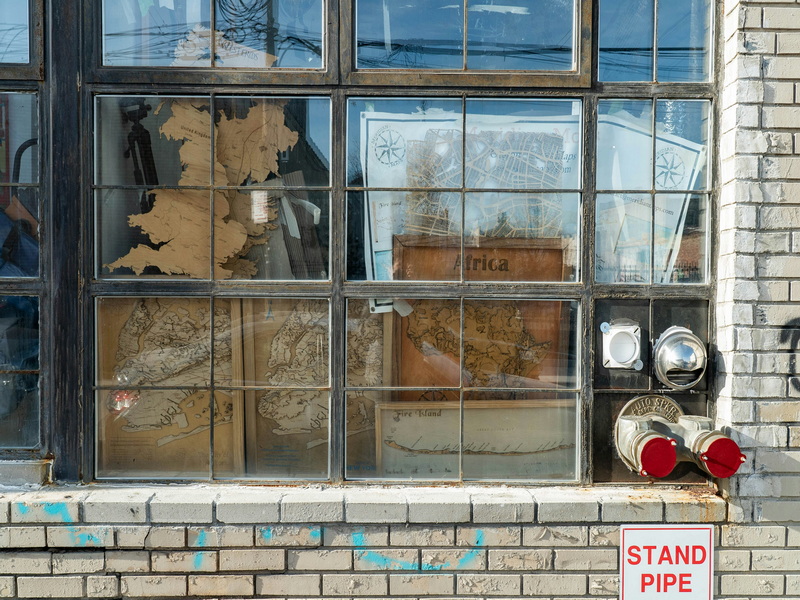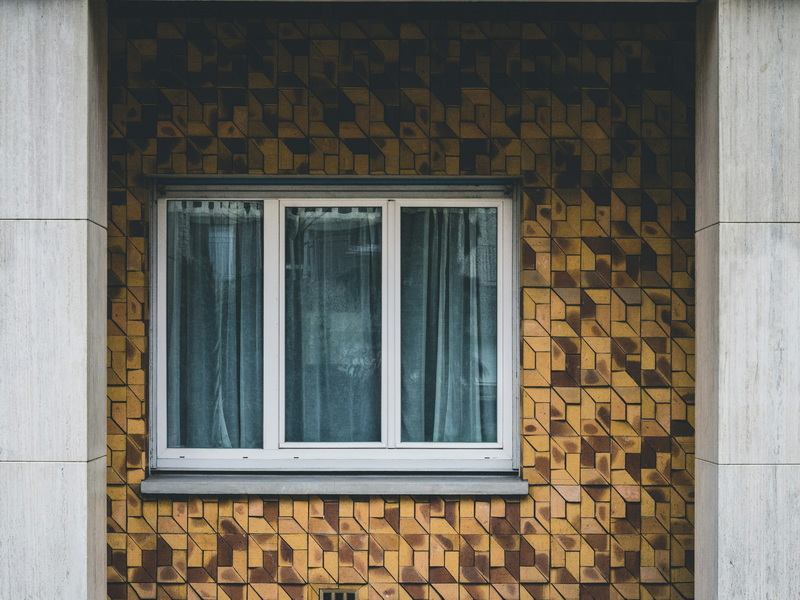English 




Views: 222 Author: Astin Publish Time: 2025-02-15 Origin: Site



Content Menu
● Understanding Aluminum Window Frames
● Essential Tools and Materials
● Step-by-Step Guide to Touching Up Aluminum Window Frames
>> Step 2: Sanding the Surface
>> Step 3: Filling Deeper Scratches and Dents
>> Step 6: Applying a Clear Coat
>> Step 7: Polishing the Surface
● Dealing with Specific Types of Damage
>> Repairing Surface-Level Scratches
● When to Consult a Professional
>> Benefits of Hiring a Professional
● Maintaining Your Aluminum Window Frames
● FAQ
>> 1. How do I find the right color match for my touch-up paint?
>> 2. Can I use any type of paint on aluminum window frames?
>> 3. How often should I clean my aluminum window frames?
>> 4. What should I do if I notice signs of corrosion on my aluminum window frames?
>> 5. Is it better to spray paint or brush paint aluminum window frames?
Aluminum window frames, known for their durability and sleek appearance, can sometimes fall victim to scratches, chips, or dents. Fortunately, touching up these frames is a manageable task that can restore their original luster. This article provides a comprehensive guide on how to touch up aluminum window frames, covering everything from minor scratches to more significant damage. With the right tools and techniques, you can keep your aluminum window frames looking their best for years to come.
Aluminum window frames are popular due to their resistance to corrosion and their ability to withstand various weather conditions. The frames are often powder-coated, providing a durable and attractive finish. However, this coating is not impervious to damage. Scratches and dents can occur from everyday wear and tear, impacts, or improper cleaning. Addressing these imperfections promptly is crucial to prevent further deterioration and maintain the aesthetic appeal of your home.

Before starting any repair work, it is essential to assess the extent of the damage. Minor scratches may only require a simple touch-up, while deeper scratches or dents may need more extensive repair. Identifying the type and severity of the damage will help you choose the appropriate tools and methods for the job.
- Surface-Level Scratches: These are minor imperfections that only affect the surface coating of the aluminum frame. They are usually easy to fix with basic touch-up techniques.
- Deeper Scratches: These scratches penetrate the coating and expose the bare metal underneath. They require filling and priming before painting.
- Small Dents: These are minor indentations that do not significantly alter the frame's structure. They can often be popped out or filled.
- Large Dents: These are more significant indentations that may require heating and specialized tools to repair.
- Chipped Paint: This involves the paint or powder coating peeling away from the frame, exposing the metal underneath.
Having the right tools and materials is crucial for a successful touch-up job. Here is a list of essential items you will need:
- Soft Cloth: For cleaning the surface.
- Mild Detergent: To remove dirt and grime.
- Fine-Grit Sandpaper: For smoothing out rough edges and preparing the surface for paint.
- Metal Putty or Aluminum Filler: To fill deeper scratches and dents.
- Primer: To prepare the metal surface for painting.
- Touch-Up Paint: Matching the color of your window frame.
- Clear Coat: To protect the repaired area.
- Small Brushes: For applying paint and primer.
- Putty Knife: For applying and smoothing filler.
- Aluminum Polish: To restore shine to the repaired area.
- Heat Gun: For manipulating larger dents (optional).
- Dent Pulling Tool or Plunger: For popping out small dents (optional).

Follow these steps to effectively touch up your aluminum window frames and restore their appearance.
The first step in any repair is to clean the affected area thoroughly. Use a soft cloth and a mild detergent to remove any dirt, grime, or debris. Avoid using abrasive cleaners, as these can further damage the powder coating. Rinse the area with clean water and allow it to dry completely.
For minor scratches and rough edges, gently sand the affected area with fine-grit sandpaper. Be careful not to sand unaffected areas, as this could create new scratches. The goal is to smooth out any imperfections and create a surface that the paint can adhere to. After sanding, wipe the area clean with a damp cloth to remove any sanding dust.
If the scratch or dent is deep, you will need to fill it with metal putty or aluminum filler. Use a putty knife to apply the filler, making sure it is smooth and level with the frame’s surface. Allow the filler to dry completely according to the manufacturer’s instructions. Once the filler is dry, sand the area until it is smooth and even with the surrounding surface.
For scratches that have exposed the bare metal, applying a primer is essential. Choose a primer that is suitable for aluminum and apply it carefully to the filled area. The primer will help the paint adhere to the metal and prevent corrosion. Allow the primer to dry completely before moving on to the next step.
Once the surface is prepared, it is time to apply the touch-up paint. Ensure that the color matches your window frame perfectly. Apply the paint sparingly with a fine brush, building up thin layers. Allow each layer to dry thoroughly before applying the next. This will help prevent drips and ensure a smooth, even finish.
After the paint has dried completely, applying a clear coat over the repaired area can help protect it from the elements and keep it looking great. Make sure the clear coat is compatible with the paint you have used for the best results. Apply a thin, even layer of clear coat and allow it to dry completely.
To restore the shine to the repaired area, apply aluminum polish with a soft cloth. Buff the area until it shines, blending it seamlessly with the surrounding surface. This step is particularly important for maintaining the aesthetic appeal of your window frames.
Different types of damage require slightly different approaches. Here are some specific techniques for dealing with common issues.
For minor scratches, a simple touch-up paint pen or a small amount of matching paint can work wonders. Clean the area, apply the paint sparingly, and allow it to dry. A clear coat can add extra protection and shine.
Deeper scratches require more attention. After cleaning and sanding, use metal putty or aluminum filler to fill the scratch. Once the filler is dry and sanded smooth, apply a primer and then the touch-up paint. A clear coat will protect the repaired area and blend it with the surrounding surface.
Small dents can sometimes be popped out using a specialized dent-pulling tool or a plunger. After popping out the dent, smooth any irregularities with fine-grit sandpaper and apply touch-up paint if necessary. If the dent cannot be popped out, fill it with aluminum filler, sand it smooth, and paint it.
Large dents may require the use of a heat source, such as a heat gun, to expand the metal and make it more malleable. Gently push the dent out from the opposite side while heating the area. If access is an issue, consider partially dismantling the frame for better reach. After correcting the dent, fill any remaining irregularities with aluminum filler, sand the area smooth, and apply a coat of paint.
For chipped paint, start by removing any loose or flaking paint. Clean the area thoroughly and sand the edges of the remaining paint to create a smooth transition. Apply a primer to the exposed metal and then apply touch-up paint that matches the color of your window frame. A clear coat can provide additional protection and blend the repaired area with the surrounding surface.
While many touch-up tasks can be handled DIY, there are situations where consulting a professional is advisable. If you are dealing with extensive damage, complex repairs, or if you are not confident in your ability to achieve a seamless finish, a professional window painting contractor can provide the expertise and equipment needed to restore your windows to their former glory.
- Expertise: Professionals have the knowledge and experience to handle a wide range of repair issues.
- Equipment: They have access to specialized tools and equipment that may not be available to the average homeowner.
- Quality: Professionals can ensure a perfect match and a durable finish.
- Time-Saving: Hiring a professional can save you time and effort.
Once you have touched up your aluminum window frames, it is important to maintain them properly to prevent future damage. Regular cleaning with a mild detergent and water can help remove dirt and grime. Avoid using abrasive cleaners or harsh chemicals, as these can damage the powder coating. Inspect your window frames regularly for any signs of damage and address them promptly to prevent further deterioration.
Touching up aluminum window frames is a manageable task that can significantly improve the appearance and longevity of your windows. By following the steps outlined in this guide, you can effectively repair scratches, dents, and chipped paint, keeping your window frames looking their best for years to come. Whether you choose to handle the repairs yourself or consult a professional, maintaining your aluminum window frames is a worthwhile investment in your home’s aesthetics and value. Remember, a meticulous approach and the right tools are key to achieving a flawless finish.

Answer: To ensure a seamless finish, it’s essential to find a perfect match to the powder coat shade of your aluminum window frame. Specify the precise color reference to the supplier of the touch-up paint. Also, specify whether the color of your window frame is matt, satin, or gloss, as the shades will differ. Consulting with a window repainting specialist can also help in finding the exact color match.
Answer: No, it is important to use a paint that is specifically designed for aluminum surfaces. These paints are formulated to adhere properly to aluminum and provide a durable finish. Using the wrong type of paint can result in poor adhesion and premature peeling.
Answer: Regular cleaning is essential to maintain the appearance and longevity of your aluminum window frames. Clean your window frames at least twice a year, or more frequently if you live in an area with high levels of pollution or harsh weather conditions. Use a soft cloth and a mild detergent to remove dirt and grime.
Answer: If you notice signs of corrosion, it is important to address the issue promptly to prevent further damage. Clean the affected area with a wire brush to remove any loose corrosion. Apply a corrosion-resistant primer and then apply touch-up paint. For severe corrosion, consult a professional.
Answer: For small touch-ups, a small brush or spray can be used to localize the repair. For larger areas or when the scratch marks are in many locations, spray painting the whole window frame is the better option to achieve an even color. Spray painting the entire frame ensures a uniform color and a professional finish.
Top Aluminum Furnitures Manufacturers and Suppliers in Czech Republic
Top Aluminum Furnitures Manufacturers and Suppliers in Poland
Top Aluminum Furnitures Manufacturers and Suppliers in Belgium
Top Aluminum Furnitures Manufacturers and Suppliers in Finland
Top Aluminum Furnitures Manufacturers and Suppliers in Denmark
Top Aluminum Furnitures Manufacturers and Suppliers in Greece
Top Aluminum Furnitures Manufacturers and Suppliers in Portugal
Top Aluminum Furnitures Manufacturers and Suppliers in Austria
Top Aluminum Furnitures Manufacturers and Suppliers in Norway
Top Aluminum Furnitures Manufacturers and Suppliers in Sweden
